A Breakthrough for Maternal Health:
A Cost-Effective Intervention for Postpartum Haemorrhage
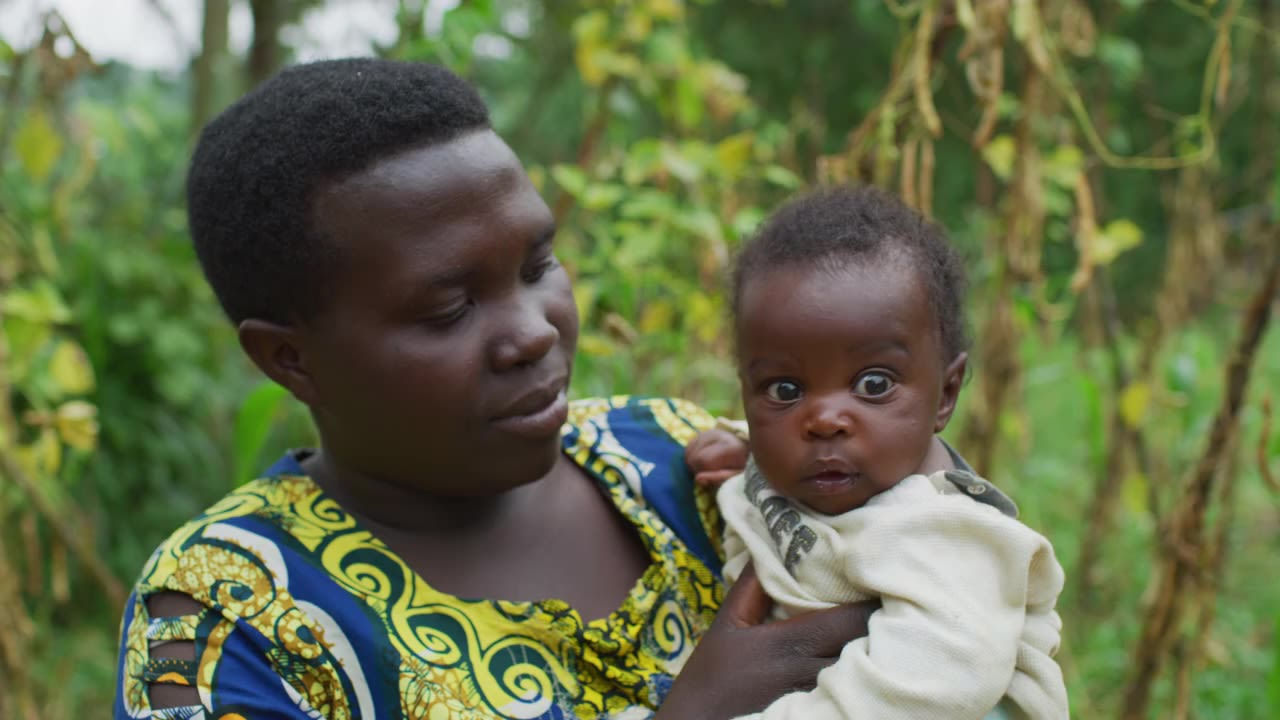
Every seven minutes, on average, a woman around the world dies from postpartum haemorrhage (PPH), or excessive bleeding during childbirth. It is the most common and dangerous complication of childbirth, affecting 24 million women and causing 70,000 deaths every year. It is treatable and can often be managed with medical care. However, this relies on access to quality health services, which are often lacking in lower-income countries. More than 85% of deaths from PPH happen in sub-Saharan Africa and South Asia.
To combat this, scientists at the University of Birmingham partnered with the World Health Organization and universities across the world to conduct a trial, the largest ever on postpartum haemorrhage, assessing a set of clinical interventions and tools targeting PPH. The trial, called E-MOTIVE, implemented three strategies targeting PPH: early and accurate detection, bundled treatment, and appropriate escalation. It delivered a higher-than-expected 60% reduction in adverse outcomes.
“We were looking for a 25% reduction. We would’ve been happy with that,” says Professor Arri Coomarasamy, Professor of Gynaecology and Reproductive Medicine at the University of Birmingham and Founding Director of the WHO Collaborating Centre for Global Women’s Health.
“To get almost 60% reduction was truly phenomenal.” Twenty-eight women died in the group receiving standard care, compared to 17 in the group receiving the treatment.
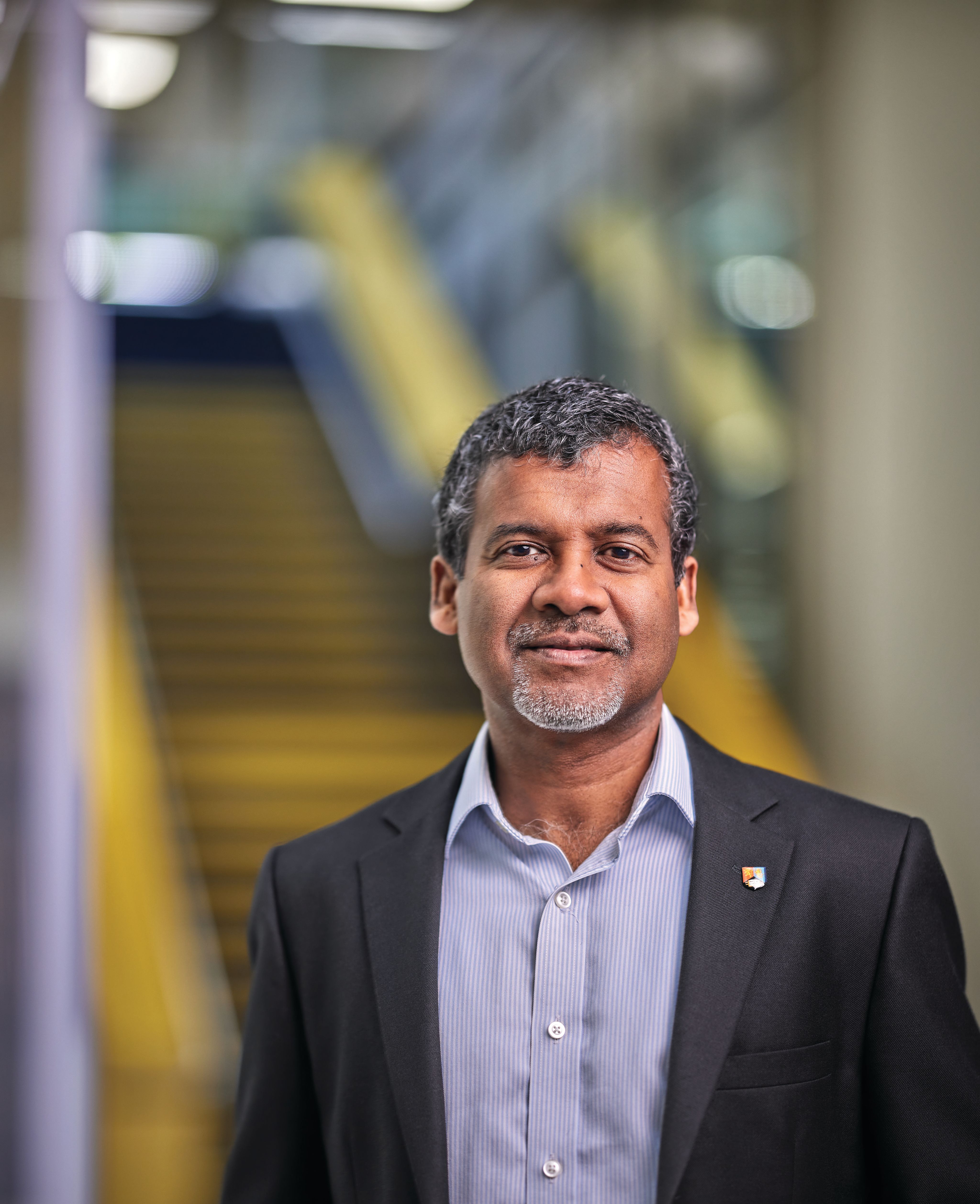
Professor Arri Coomarasamy, Professor of Gynaecology and Reproductive Medicine at the University of Birmingham and Founding Director of the WHO Collaborating Centre for Global Women’s Health.
Professor Arri Coomarasamy, Professor of Gynaecology and Reproductive Medicine at the University of Birmingham and Founding Director of the WHO Collaborating Centre for Global Women’s Health.
The first E in E-MOTIVE stands for early detection. One factor exacerbating PPH is a deficiency in diagnosis: the signs often go unnoticed by healthcare practitioners or are detected too late. “We found that about 50% of postpartum haemorrhages are missed,” says Professor Coomarasamy. This is because healthcare providers usually rely on visual estimation of blood loss to diagnose haemorrhage.
A haemorrhage is signalled by the loss of 500ml of blood but assessing this without any tools is a subjective judgement. “It doesn’t matter how experienced you are, you cannot visually estimate blood loss accurately,” argues Professor Coomarasamy. Instead, the trial used a calibrated blood collection drape, a simple product that is essentially a funnel-shaped plastic bag placed under the patient to collect blood during the birth. The calibrations on the funnel indicate an accurate reading of how much blood has been lost. These drapes, made by Excellent Fixable Drapes in India, cost $1-2 each and can make a significant difference in the process of diagnosing PPH.
The second key aspect of E-MOTIVE is bundled treatment. “In medicine, if somebody presents with a bad headache, we give them a treatment and see if it works. If that first treatment doesn't work, then we give them the next treatment,” says Professor Coomarasamy. “The problem with this sequential approach is that when it comes to postpartum haemorrhage, if the woman is bleeding, you are losing time. It is the time that kills her.” Adopting a sequential approach can lead to the patient bleeding out before a successful treatment is found.
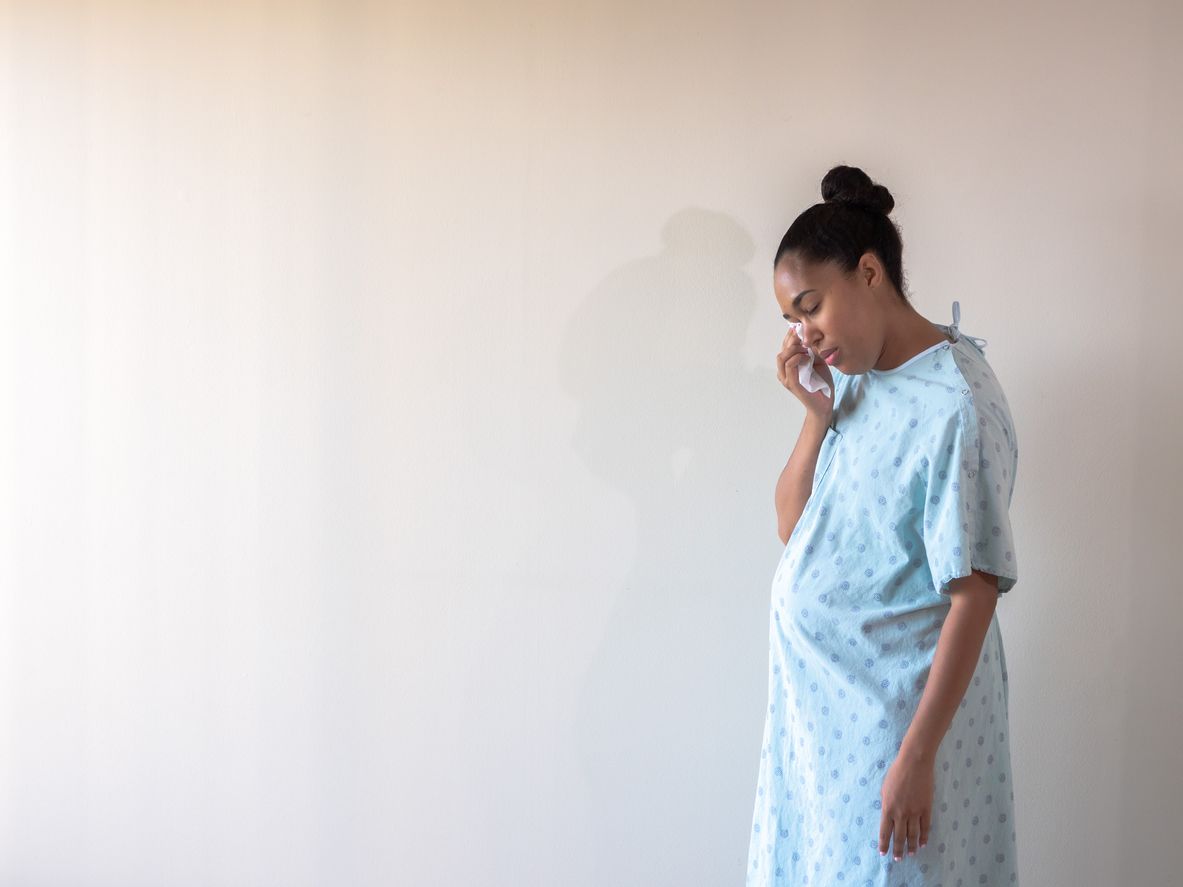
With this concern in mind, a bundled approach consists of trying various treatments simultaneously. If the healthcare provider sees that the amount of blood collecting in the drape is approaching 500ml, they can initiate treatments to contract the uterus and stop the bleeding. One way to do this is doing a uterine massage, where the healthcare provider rubs the abdomen to induce contraction. Another is oxytocic drugs, like oxytocin and misoprostol, that induce contraction. Contraction is more likely to occur when a combination of massage and drugs is tried. The third part of the bundle is tranexamic acid, a blood clotting drug that will reduce blood loss. This is complemented by an IV to replace the lost fluids. All of these steps are combined in the ‘MOTIVE’ bundle for PPH treatment.
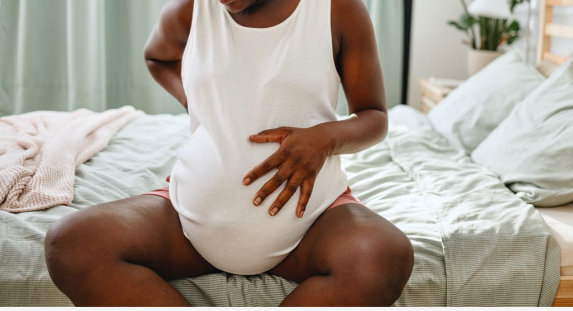
The final element of the treatment bundle is appropriate escalation. Sometimes, despite accurate diagnosis and prompt treatment, haemorrhaging continues and a patient will need more advanced care. The E-MOTIVE interventions prepare medical providers to identify these cases quickly so that they can escalate the patient to urgent care. Healthcare providers examine the patient and escalate care appropriately, which can, for example, mean inserting a balloon into the uterus to stop the bleeding or taking the patient to surgery.
A breakthrough for maternal health

The E-MOTIVE trial was conducted between August 2021 and March 2023 in Nigeria, Tanzania. Kenya and South Africa, supported by a grant from the Bill and Melinda Gates Foundation. “We needed to show that our solutions actually help,” says Professor Coomarasamy, “and the way to do that is to do a proper clinical trial. So, we did the largest ever trial on postpartum haemorrhage treatment.”
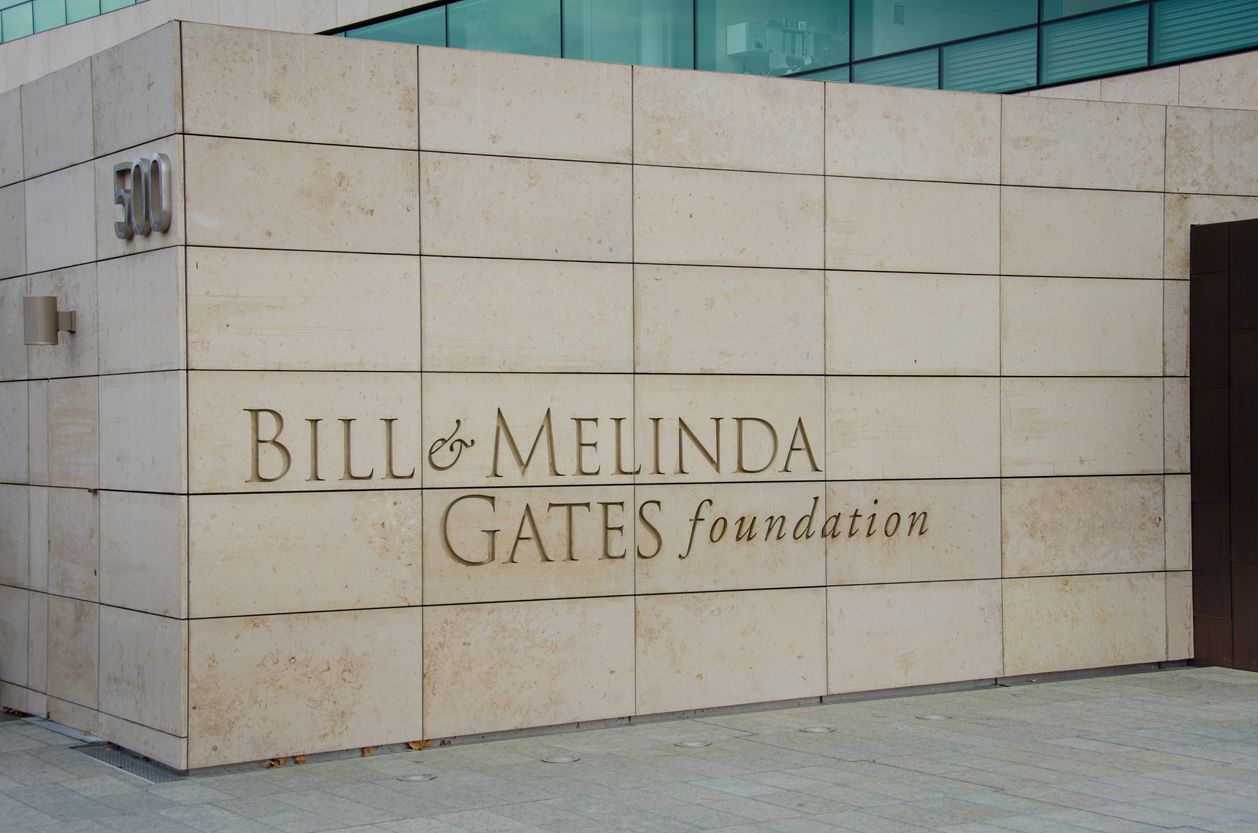
The 80 participating hospitals were surveyed for seven months as they implemented the usual treatments for postpartum haemorrhage. Then, half the hospitals were randomly allocated to receive the E-MOTIVE intervention, while the other half continued to perform standard care. Among the 200,000 women who gave birth vaginally across these hospitals throughout the trial, the researchers surveyed how many lost a litre or more of blood, required surgery, or lost their lives.
The trial was published in the New England Journal of Medicine and attracted high-profile attention, including from WHO Director General Tedros Adhanom Ghebreyesus, who rarely comments on an individual study.
“Good news: a new trial to manage postpartum bleeding shows highly promising results. This could represent a major breakthrough in reducing maternal deaths,” he shared on X, formerly known as Twitter.
The WHO has expressed further interest in E-MOTIVE’s findings. The organisation produced a roadmap to combat postpartum haemorrhage between 2023 and 2030 which called for increased research into the effectiveness of bundled treatment. They have also convened a guideline development subgroup to draft official guidelines on bundled treatment for PPH, asserting that “the use of a care bundle for PPH treatment is conceptually linked to the accurate assessment of blood loss to detect PPH”.
It was also brought to the fore at the Bill and Melinda Gates Foundation’s Annual Goalkeepers Meeting in New York City. The Goalkeepers initiative brings together leaders around the world to accelerate progress towards the Sustainable Development Goals. The 2023 Report highlighted the potential for a bundle of interventions to reduce maternal and newborn deaths. It stated that the bundle of treatment can be provided for less than $1 each.
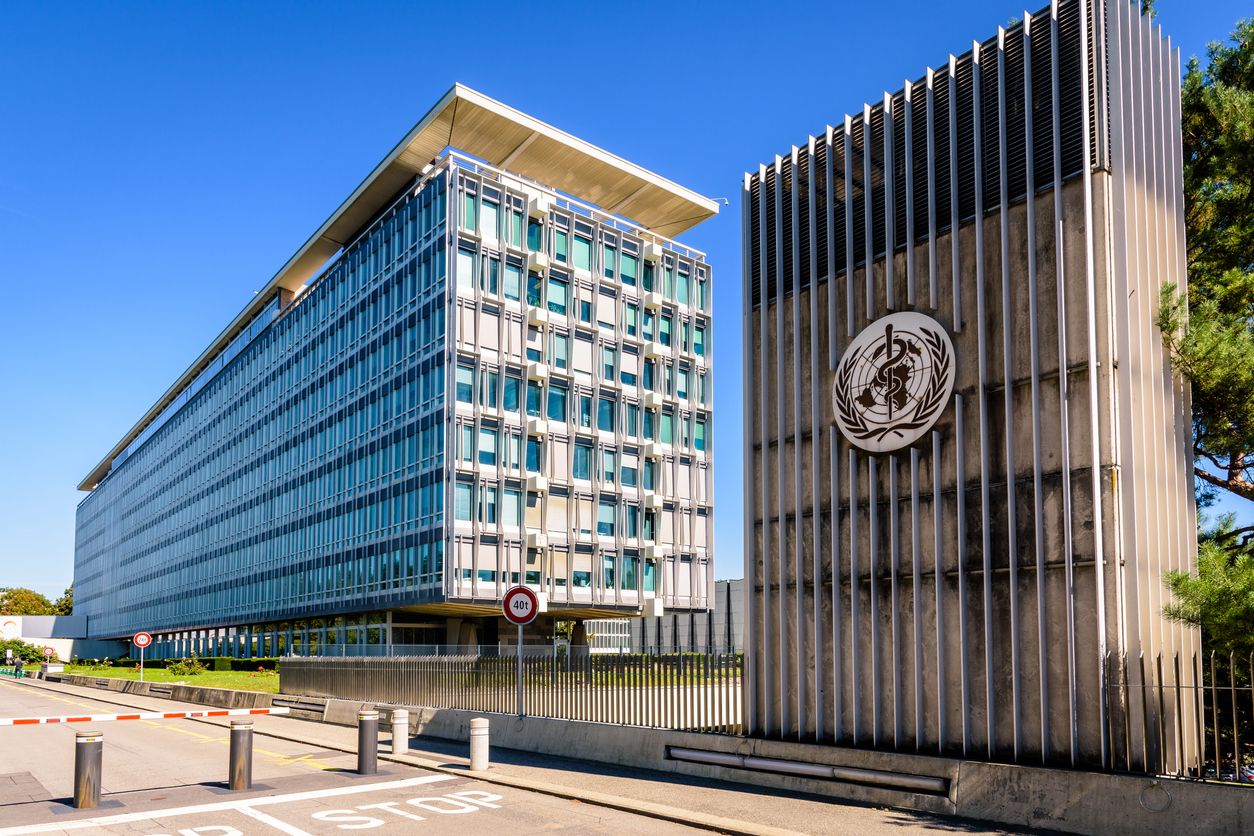
With this degree of attention from international development and health organisations, scientists are hoping that the E-MOTIVE bundle will be rapidly scaled up and support women and healthcare providers in low-income countries across the world. While the WHO’s official guidelines and the work of the Bill and Melinda Gates Foundation will certainly help encourage uptake of the treatment, its affordability will help countries take the initiative on their own.
“The countries where we did the trial have been trailblazers,” says Professor Coomarasamy. The E-MOTIVE trial made use of existing procurement pathways and sourced the medicines from local stocks at hospitals, meaning that many hospitals already have the capacity needed to implement the treatment. While the supply of drapes may be an issue, it can be solved through innovation. “Lots of companies are gearing up for mass production,” says Professor Coomarasamy. “That’s a challenge that’s being addressed at the moment.”
The University of Birmingham has launched a major campaign to recruit 125 new researchers and senior academics as it continues to build its strengths in key research areas, driving its ambition to become a Top 50 global university.
Commemorating the University’s 125th anniversary in 2025, recruitment will take place over five years – resulting in the appointment of 100 new Birmingham Anniversary Fellows and 25 Birmingham Anniversary Chairs. The University is seeking diverse talent from amongst the world’s best researchers for the five-year positions. For further information, eligibility criteria, and how to apply, please visit the 125th Anniversary Fellows and Chairs website.
This content was paid for and created by The University of Birmingham. The editorial staff of The Chronicle had no role in its preparation. Find out more about paid content.



